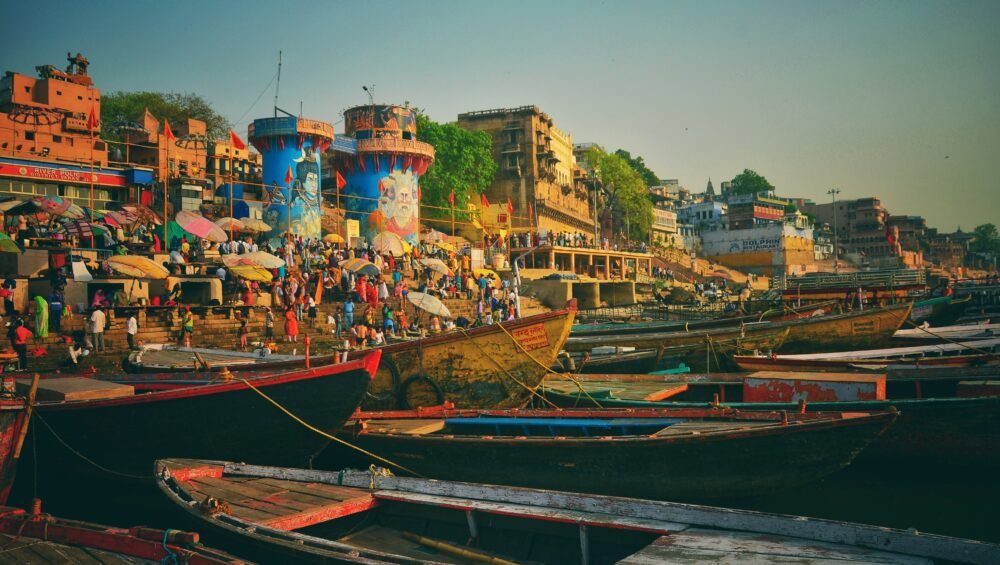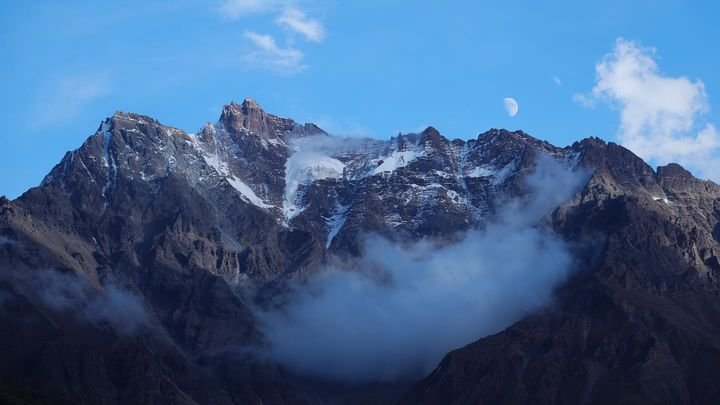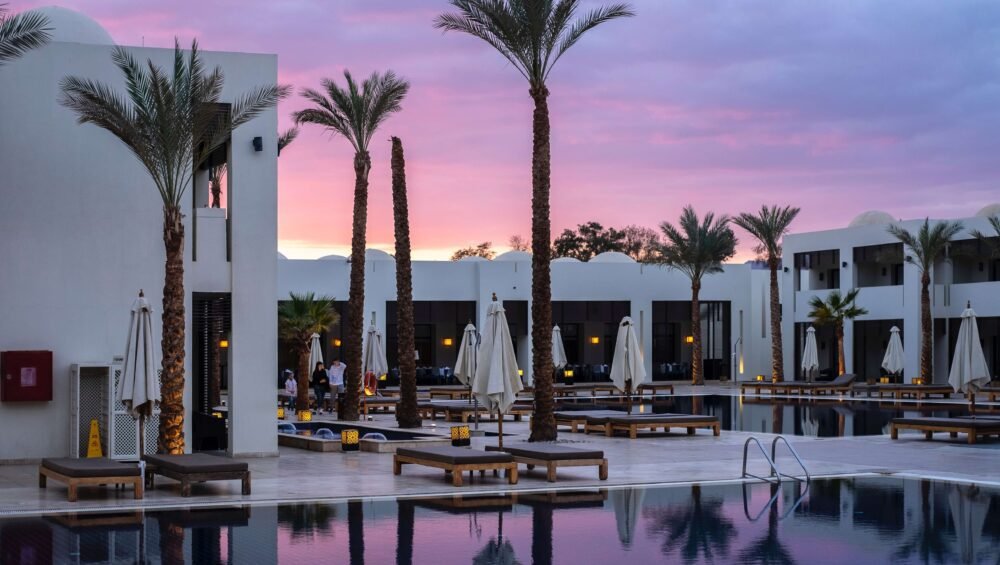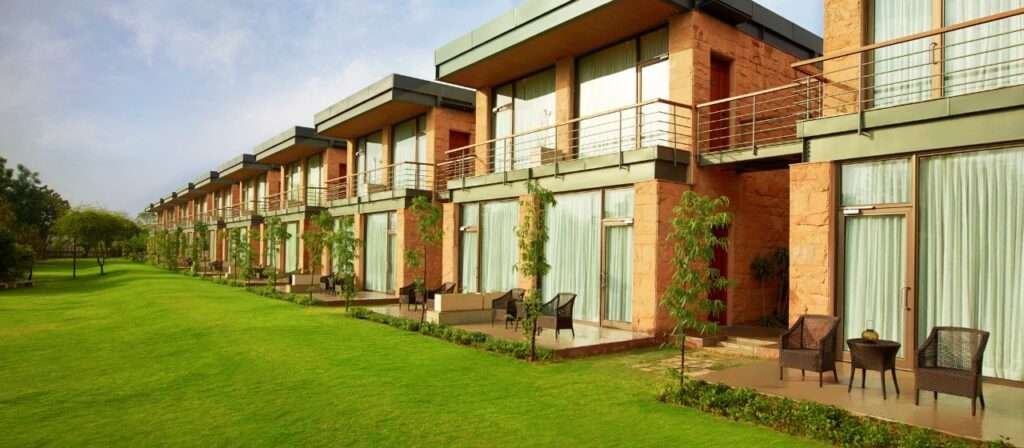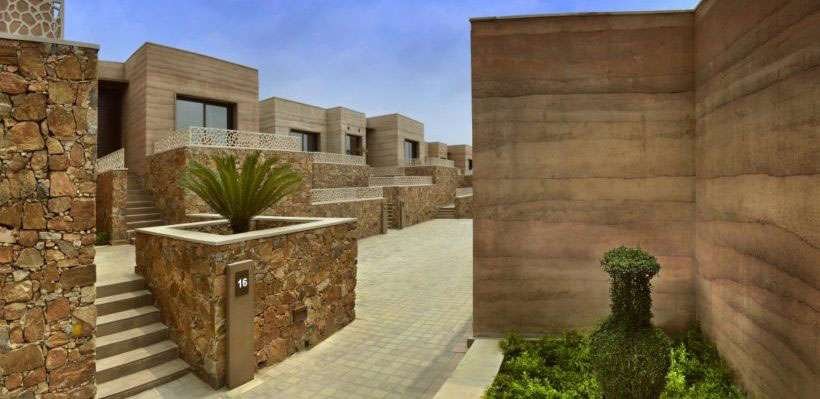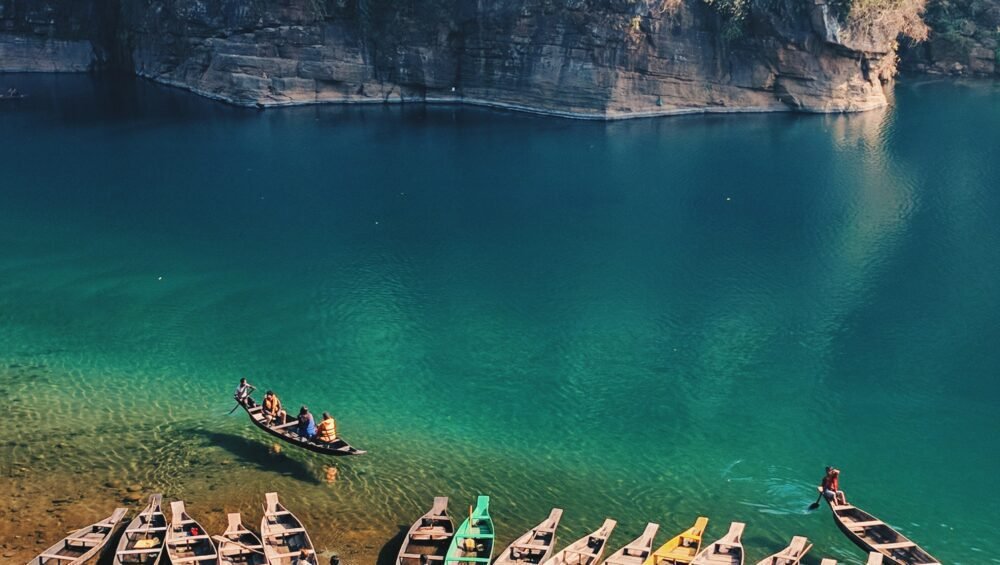Best things to Do in Varanasi
1.Attend the Ganga Aarti: Experience the powerful and spiritual Ganga Aarti ceremony held at the Dashashwamedh Ghat in the evening. Witness the rituals, the chanting of mantras, and the rhythmic ringing of bells as devotees pay homage to the sacred River Ganges.
2. Take a Sunrise Boat Ride: Start your day with a tranquil boat ride along the Ganges River during sunrise. Witness the city come alive, observe the rituals on the ghats, and admire the stunning views of the temples and architecture lining the riverbanks.
3. Explore the Ghats: Wander along the ghats of Varanasi and soak in the unique atmosphere. Visit the Assi Ghat, Manikarnika Ghat, and other significant ghats to witness the spiritually enriched activities, rituals, and cremation ceremonies.
4.Visit the Kashi Vishwanath Temple: Pay your respects at the famous Kashi Vishwanath Temple, dedicated to Lord Shiva. Marvel at the intricate architecture, immerse yourself in the devotional ambiance, and embrace the spiritual energy of this revered place.
5. Take a Food Tour: Experience the rich culinary traditions of Varanasi through a food tour. Sample delectable street food items like kachori, lassi, chaat, and the famous Banarasi paan while exploring the bustling markets and narrow lanes of the city.
6. Visit the Sarnath Archaeological Site: Take a short trip to Sarnath, a significant Buddhist pilgrimage site located near Varanasi. Explore the ancient ruins, visit the Dhamek Stupa and the Mulagandhakuti Vihara, and learn about the teachings of Lord Buddha.
7. Attend a Classical Music Concert: Immerse yourself in the soulful classical music of Varanasi by attending a live concert or performance. The city is renowned for its rich musical heritage, and listening to the traditional melodies is a truly enriching experience.
8. Explore the Old City: Wander through the winding streets and vibrant marketplaces of Varanasi’s Old City. Discover hidden temples, traditional silk weavers, and bustling bazaars selling local handicrafts, jewelry, and fabrics.
9. Experience a Yoga Session: Engage in a yoga session or take a meditation class in one of the many serene ashrams or centers in Varanasi. Embrace the ancient practice amidst the spiritual aura of the city.
10. Take part in a Saree Weaving Workshop: Learn about the art of saree weaving, a significant part of Varanasi’s culture and heritage. Participate in a workshop to understand the intricate process and create your own design with the guidance of skilled artisans.
Remember to embrace the deep spirituality and respect the customs and rituals of Varanasi as you explore this sacred city.

